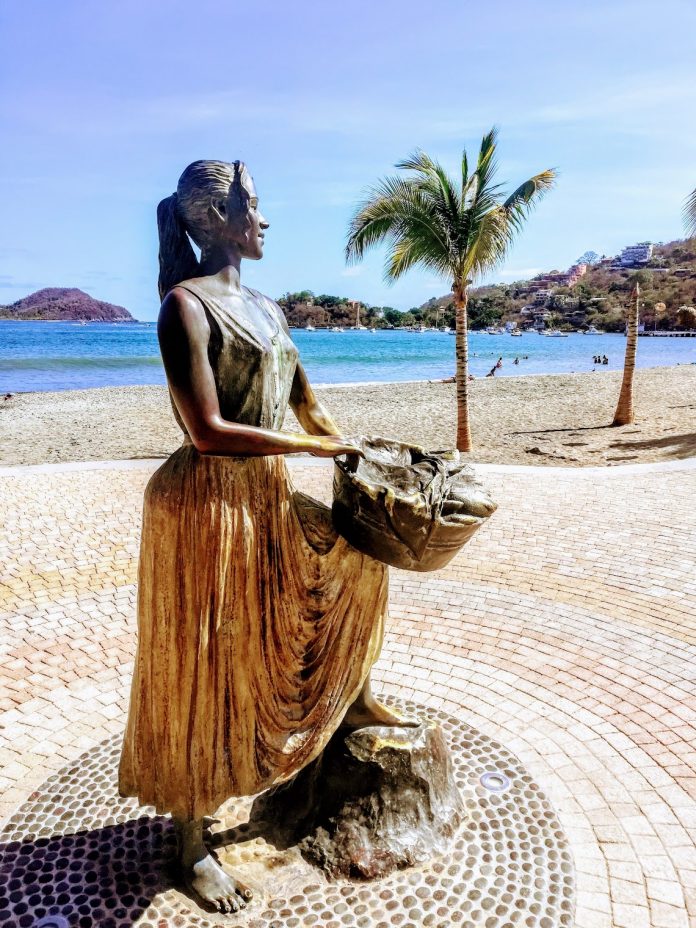Zihuatanejo: A Dream of Freedom
In The Shawshank Redemption, Zihuatanejo isn’t just a destination—it’s a symbol of hope, freedom, and the possibility of redemption. As Andy Dufresne, endures the injustices and brutalities of Shawshank Prison, he clings to a dream: a quiet life in a warm place with no memory of the walls that once confined him. That dream is Zihuatanejo—a small, sleepy fishing village on Mexico’s Pacific coast, painted in the mind as a paradise far removed from the cold grey stone of the prison.
Zihuatanejo becomes more than a place. It’s freedom embodied.
In real life, Zihuatanejo is just as captivating. With its golden beaches, gentle waves, and laid-back charm, it invites wanderers and dreamers alike to lose track of time. Whether you’re there because of the movie or simply chasing your own version of peace, Zihuatanejo has a way of reminding you what it means to be truly free.
A Brief History of Zihuatanejo:
From Ancient Haven to Modern Escape
Zihuatanejo, nestled on Mexico’s Pacific coast in the state of Guerrero, has a history that stretches back more than a thousand years. Long before it became famous as the idyllic escape in The Shawshank Redemption or a favorite of beach-seeking travelers, it was a sacred place for Indigenous peoples.
The name “Zihuatanejo” is derived from the Náhuatl word Cihuatlan, meaning “place of women” or “land of women,” referencing an ancient belief that it was a sanctuary for warrior women or possibly a matriarchal society. Archeological evidence suggests the region was once inhabited by the Olmecs and later the Cuitlatec and Tarascan peoples, who considered the bay a spiritual site and a place of rest for the souls of the dead.
During the colonial era, the Spanish recognized the natural beauty and strategic value of the bay. In the 16th and 17th centuries, it served as a haven for merchant and pirate ships traveling between Asia and the Americas on the Manila galleons. Over time, Zihuatanejo evolved into a quiet fishing village, relatively untouched by the industrial changes transforming much of the rest of Mexico.
It wasn’t until the mid-20th century that Zihuatanejo began to draw attention from artists, bohemians, and adventurous travelers looking for an off-the-beaten-path destination. The government’s development of nearby Ixtapa in the 1970s as a planned resort area brought more infrastructure and accessibility, but Zihuatanejo retained its laid-back charm, thriving as a more authentic, soulful alternative.
Today, Zihuatanejo is a blend of history, culture, and serene coastal life. Its cobblestone streets, vibrant artisan markets, and traditional fishing boats coexist with boutique hotels and international travelers—all drawn by the quiet magic of a town that has always been a sanctuary, whether for ancient souls or those simply seeking peace.



